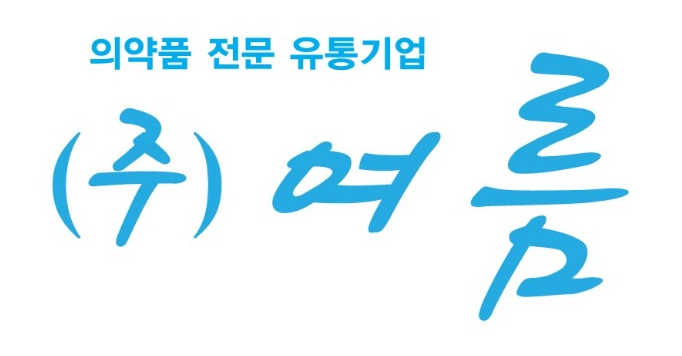The Connection Between Creativity and Social Commentary
One of the earliest and most enduring examples of art as a form of cultural commentary and critique can be found in the works of ancient Greek and Roman artists. Mural paintings, tapestries, and carvings from this period often depicted symbolic and allegorical representations, but they also conveyed profound insights into the human condition.
In the modern era, the relationship between art and politics has become increasingly complex and nuanced. Many artists have used their work as a means of critiquing power structures and institutions. Salvador Dali's The Persistence of Memory critiques the rationalism and materialism of modern society. These works, and countless others like them, demonstrate the ability of art to engage with and critique the world around us.
In addition to these individual works, many artists have used their art as a platform for collective action and social commentary. The Surrealist movement emerged in the aftermath of World War I, using a variety of mediums and techniques to critique the commodification of art and 現代アート culture. Similarly, the Art Nouveau movement of the 1920s and 30s used art and literature to explore the limits of human knowledge.
More recently, the relationship between art and politics has continued to evolve and deepen. Many contemporary artists use their work to engage with issues such as globalization, identity, and social justice. Artists like Ai Weiwei and Ai Ondaatje have used their work to critique the excesses of capitalism. Others, like Yayoi Kusama and Takashi Murakami, have used their art to push the boundaries of creative expression.
In conclusion, the relationship between art and politics is a complex and intricate one. Through their work, artists have used art as a means of political expression and activism, challenging individuals and societies. As the world continues to evolve and change, it is likely that the relationship between art and politics will continue to evolve and transform, with artists using their work as a powerful tool for inspiration, education, and enlightenment.
Furthermore, the role of art in politics can also be seen in its function as a form of resistance and protest. When individuals or groups are exposed to violence, art can provide a vital means of expression and resistance. Artists from around the world have been using their work to critique authoritarianism and promote democratic values.
The intersection of art and politics also raises questions about the role of the artist in history. Should artists be seen as objective observers recording the world around them without comment or critique? Or should they be viewed as collaborative and activist artists using their work to reflect and comment on the world around them? These questions are ongoing, and the answers will depend on the context of the work in question.
Ultimately, the relationship between art and politics is a complex and far-reaching one, full of contradictions and paradoxes. On one hand, art has the power to inspire people, while also challenging and transforming their perceptions of the world. On the other hand, it also carries the potential to alienate people, depending on the context used. Whatever its effects, however, art will continue to be a vital and necessary part of the ongoing reflection about politics and human experience, providing a platform for critique.

Comments
상담신청하기
메일문의하기
CS Center
토/일/공휴일 휴무
런치타임 : 12:30 ~ 13:30





